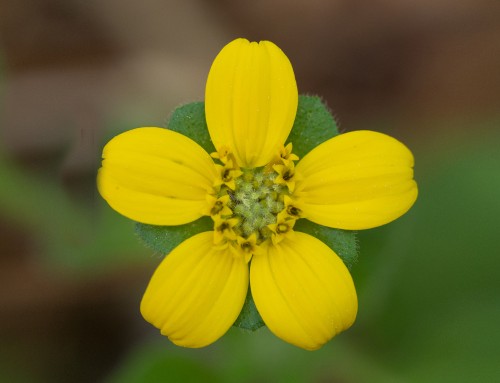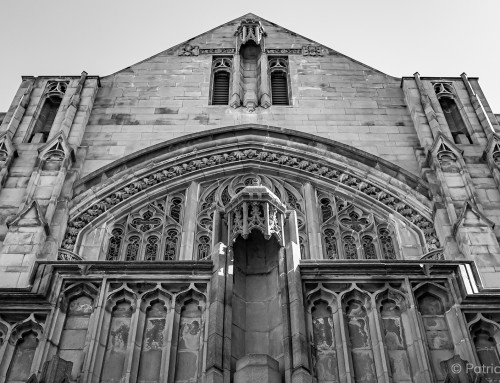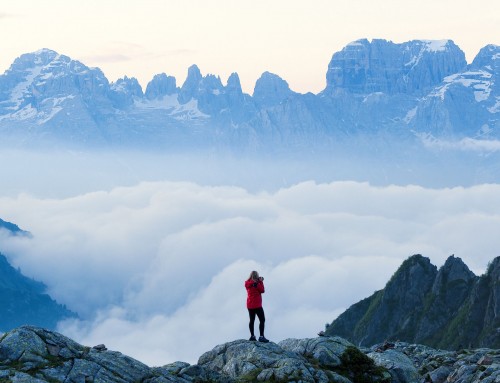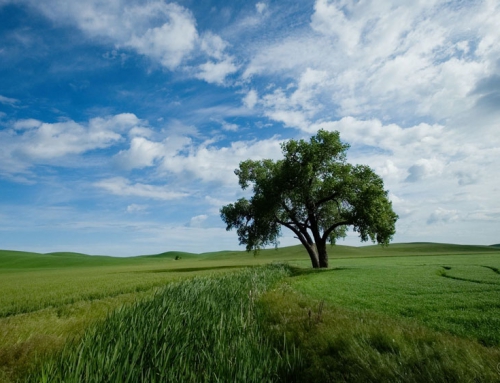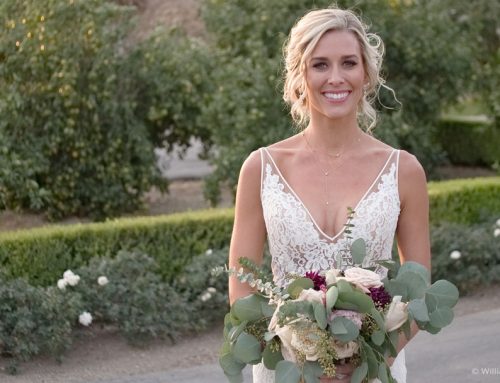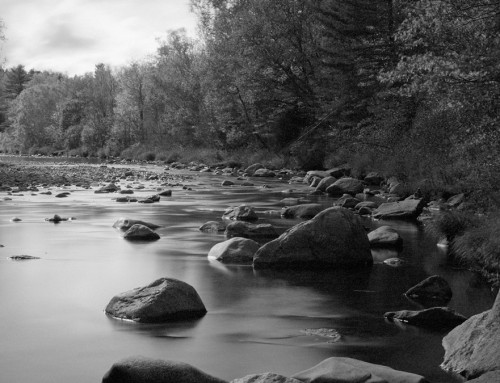Learn how to browse files, add favorite folders, and perform file management in Exposure.
Photos: Oded Wagenstein, Jay Marroquin, Jimmy Beech, Chad Bromley
Transcript
I’ll start with Exposure launched. This is the main screen with the folders panel at the upper left of the window. I’m going to drag the separator to give it a little more space.
Exposure’s user interface is completely customizable, so you can choose where you want each panel to appear. Just right-click in any panel border and choose Customize Panels.
The folders panel shows the folders on your computer. Exposure doesn’t have a catalog, so the organization in your file system is always the same as what you see in Exposure’s user interface.
The folders panel lists your bookmarks. Bookmarks are folders that are saved for easy access. Exposure has three bookmarks set up by default when it’s installed: your Desktop folder, Documents folder, and Pictures folder.
I can reveal my Bookmark’s subfolders by clicking the triangle to the left of my bookmarks. You can keep revealing subfolders to explore your entire photo library. You don’t need to create a bookmark for every individual folder you work with, just the top level folders that contain your photos.
Let’s create a new bookmark. Click the plus button at the top of the folder panel. A folder picker dialog will come up. I’ll find my folder of images, and click ok. And now I have a new bookmark in my list.
If you want to remove a bookmark, select it and click the minus button, or right-click it and choose Remove This Bookmark from the menu.
You can also create a bookmark by dragging files into Exposure from the Finder or Windows Explorer. Here’s a pair of photos in my Dropbox folder I’d like to edit. I’ll drag one of them into Exposure’s window. Exposure’s has created a bookmark for the folder with my files.
You can create a subfolder by right-clicking a folder and choosing New Folder from the menu. Let’s create a new folder in my Pictures folder.
Let’s call it Colorado Trip. I can rename it by right-clicking the folder and choosing Rename from the menu. I’ll change it to Utah Trip.
To delete a folder, right-click it and choose Move to Trash. You’ll be prompted to make sure you really want to delete it. Be careful – this will move the folder, along with all the files and folders that it contains, to the trash or recycle bin.
Now, let’s select a folder with some photos by clicking it in the folder list. The grid in the middle of the screen shows you the files in the selected folder. The ‘include subfolders’ button at the top of the panel controls whether files in subfolders are shown in the grid view. I’ll turn it on and more files are revealed.
Exposure can work with JPEG and TIFF images. It also works with PSD files when the PSD was saved in Photoshop with the “Maximize Compatibility” setting, and with RAW files from a wide range of DSLR and mirrorless cameras. Click the provided link to see a complete list of supported cameras on our website.
In the lower right is the Metadata panel. Here, you can view the metadata of your file, and define several fields. You can rename the file, set your personal information, crop, and set flag, ratings, and color. You can also adjust your capture time. You might do this if you were shooting in a different time zone and forgot to adjust your camera’s time settings, or if you shot with two cameras that were out of sync. You can adjust the time field by adding or subtracting Days, Hours, Minutes, and Seconds. These changes are applied to any images you have selected.
Exposure gives you tools for organizing files. You can move files between folders by selecting them in the grid. To move, drag them into another folder. Here they are in the new location.
To copy, select the files. Then click and drag the files while holding down the Option key, or the Control key on Windows. Then, drop the files on the destination.
To cut an image from one location before pasting it to another location, select the image or images and choose Cut. A dotted line appears around them, and you can paste them to another folder. Use the Folders panel to select the desired location.
You can also drag files to Mac Finder or Windows Explorer folders to move them. Holding down Ctrl (option Mac) while dragging will copy the file instead. You can also drag photos from Exposure to some applications.
To rename, right-click the file you want to rename and choose Rename from the menu. I’ll rename this one. Duplicate a file by right-clicking and choosing Duplicate. Delete by right-clicking the file and choosing Move to the Trash. You’ll get a confirmation dialog every time you delete. Be careful!
You can delete multiple files at once by selecting the ones you want to delete, and then pressing the Delete key — or, right-click anywhere in the selection and choose Move to the Trash.
Finally, if you want to see a file in the Finder, right-click and choose to Reveal in the Finder. Windows users have an option to show a file in Windows Explorer.
I have been demonstrating these file operations using Exposure’s file grid, but they also work in the filmstrip shown while you’re working in single image view, or when you right-click in the main preview area. I’ll start editing an image.
I’ll right-click one of the images in the filmstrip and rename it. The other file functions are available from the menu also.





